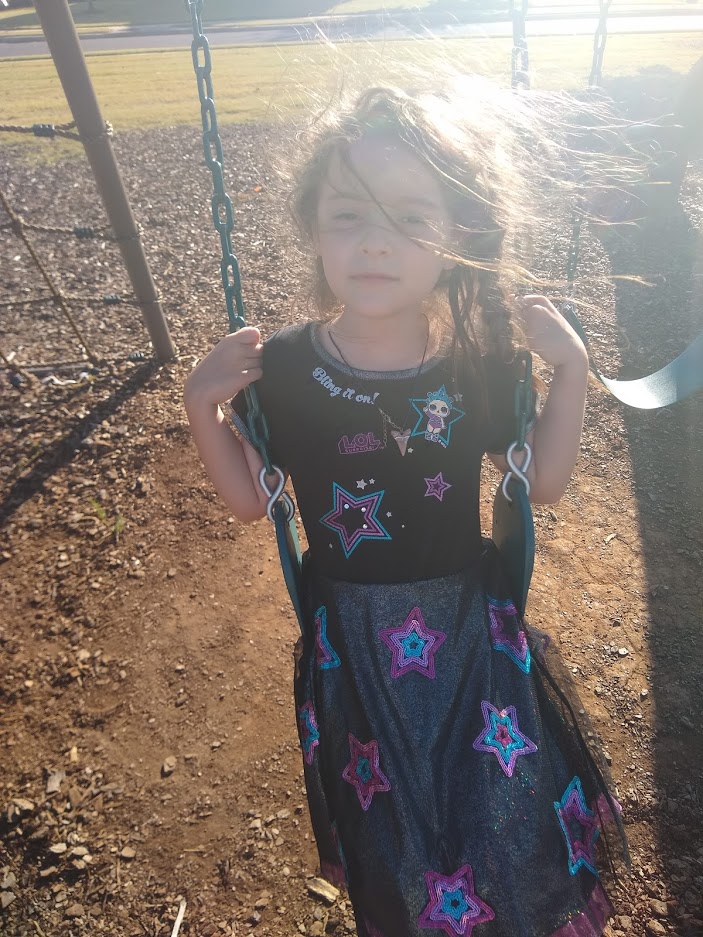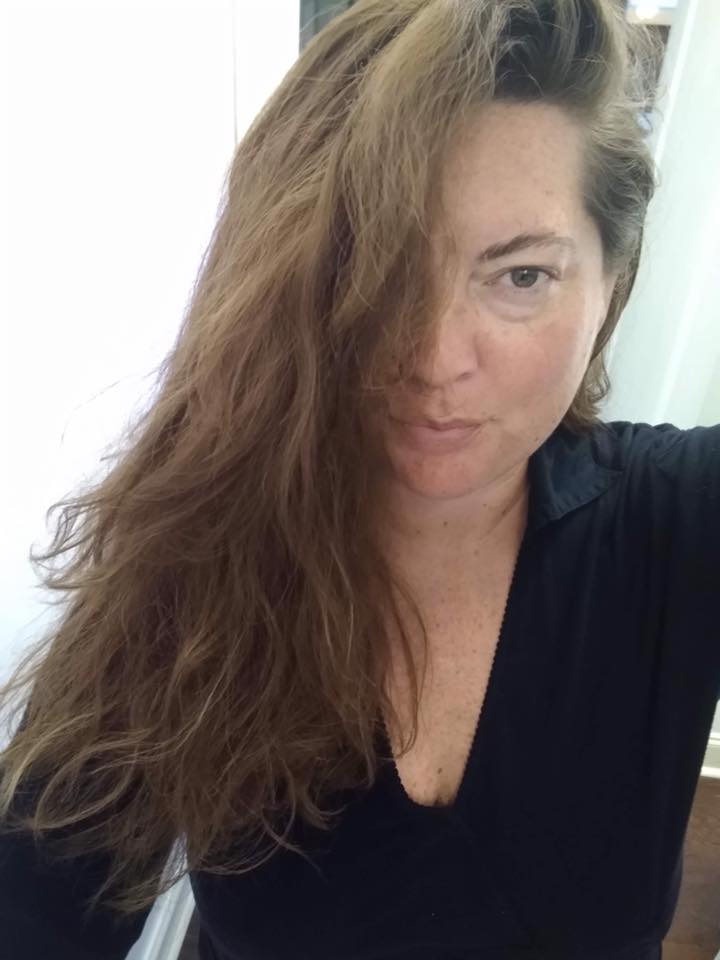I was playing around with my children in our toy room. My 6 year old daughter was taking selfies with me on the floor. My 4 year old was jealous and chased her off. As I already took some photos of my 6 year old, I moved on to my 4 year old. I honestly didn’t think anything of it. And then I saw my 6 year old curled up in a corner of a couch, softly sobbing.
I couldn’t get to her right away, but when I did, I came right to her. I sat next to her and hugged her as best I could as she sat curled. Although I usually speak a language of feelings first, she is much more intellectually formidable lately. This happens at age 6. They are less “magical” in their thinking and more “rational.” Intuitively, instead of the feelings-oriented rooting around, “I see you’re sad,” I went straight for the more “rational” question, “What’s wrong honey?” She burst out, “No one cares about me!” She said her younger brother chased her away, and I didn’t even care. Ah. I acknowledged it. I said something to the effect, “Oh, honey. I thought you had already taken photos and it was Henry’s turn. I’m so sorry.”
As she sobbed, she hugged me. Truly, this was all it took to heal. I asked her if she wanted to do breathing exercises WITH me. She did. So I said, “and go,” and I breathed a deep breath in. She did the same. Then I breathed out. She did the same. I saw her do this with her dad some months ago and how powerful it was. I thought about how parents sometimes teach these tools as a way to get a child to be “disciplined.” It really shouldn’t be. Rather, this is a powerful tool to help them when they are emotionally out of control. And what better way to do this than skin to skin, belly to belly? Our culture is very anti-touch and doesn’t value this. But I saw it’s power live. Truly, we’ve forgotten how to hug. Book recommendation: Touching The Significance of the Human Skin by Ashley Montagu.
As I sat WITH her I could feel her emotions. I’ve had similar emotions in the past. I wanted to arm her with some more tools should she face this again in the future. I told her when I’m upset like this, sometimes I put a blanket on me. If I’m really sad, I take a bath. Well, “bath” to her is a bit of a chore. It’s not the luxurious mini-spa that it is to me, an adult woman. She protested about taking a bath. So I thought of something that SHE likes to calm HER down. She loves to swing. She does it every single day. I suggested another thing she could do was swing. I asked her if she wanted to do it. She most definitely did.

I similarly write about having this “warm blanket” when feeling shame here: Soothing Shame: That ‘Warm Blanket’ is So Important.
I think children less need “morals” and “discipline” and need more emotional calming tools when they are out of control. I think emotional calming tools go a far longer way towards the very end of a “moral,” “rational,” calm person that our society tends to find ideal. We have plenty of people preaching “this isn’t about you,” and “if you’re doing bad work harder” and “boy, you afraid of a little hard work?” We are an extremely trauma-afflicted society. Maybe what we need is to calm down all of that exasperation and blind reactivity when felt. Maybe what we need are emotional calming tools TAUGHT to our children, not behavioral control imposed on them to get them to act a certain way. This is one of my main themes in my book Towards Liberalism. Its main message is that human nature is already designed well and our ethics should be one that values nurturing and mentoring children as a top priority. Not coercing them into any man-made ideal.

Amber is most known for her child development work which documents the age related stages children go through. Send your friends to The Observant Mom.